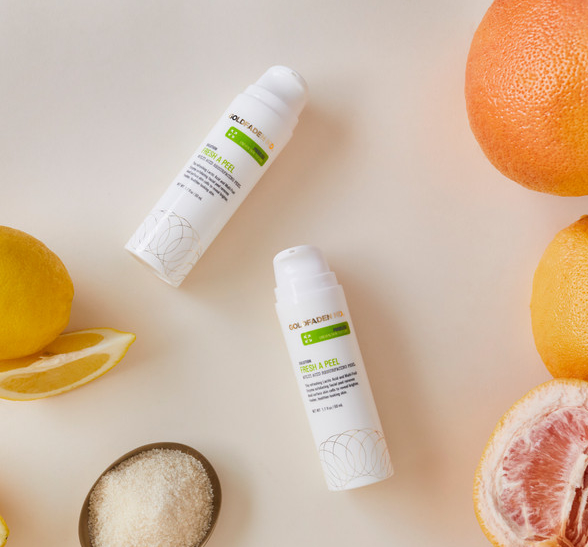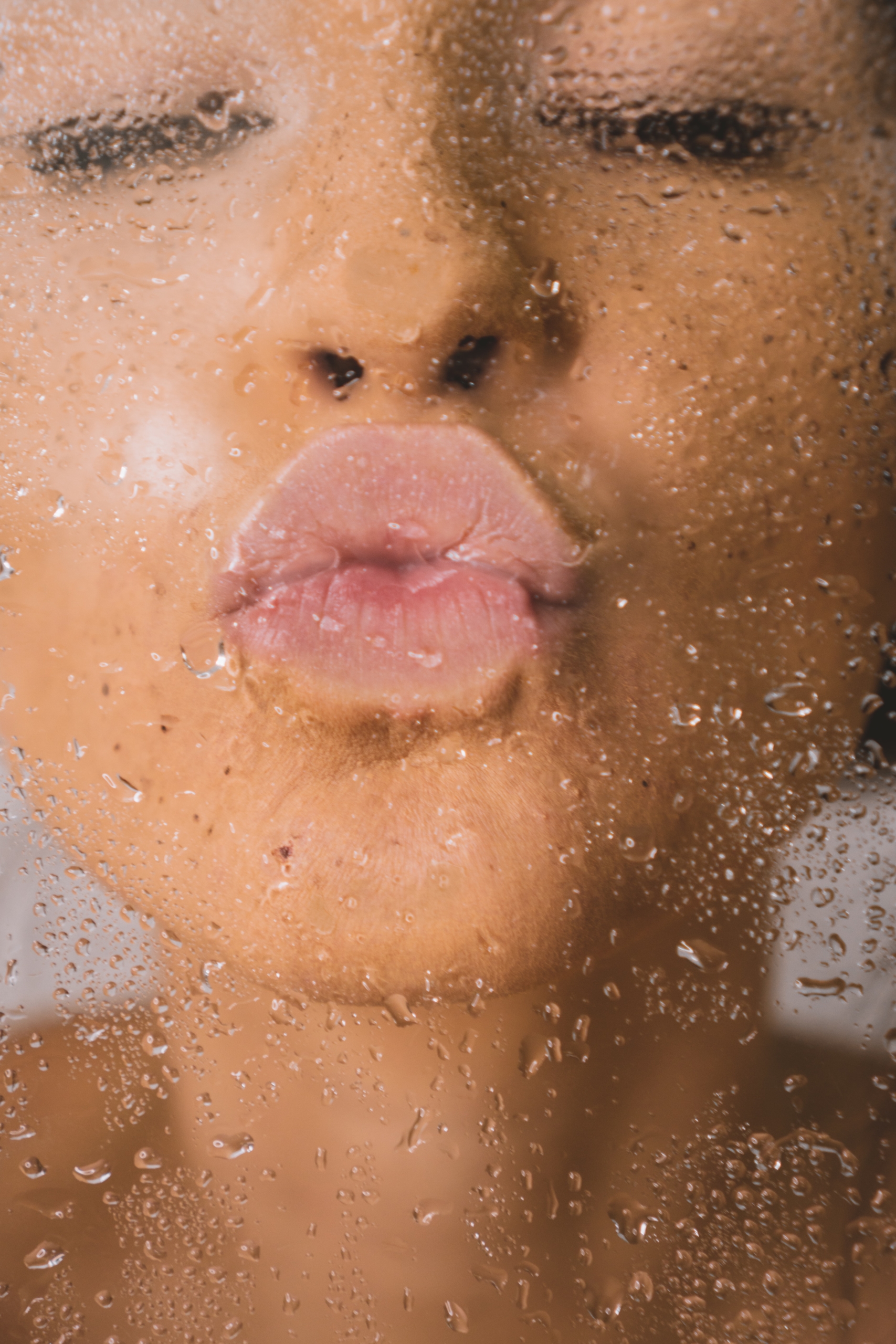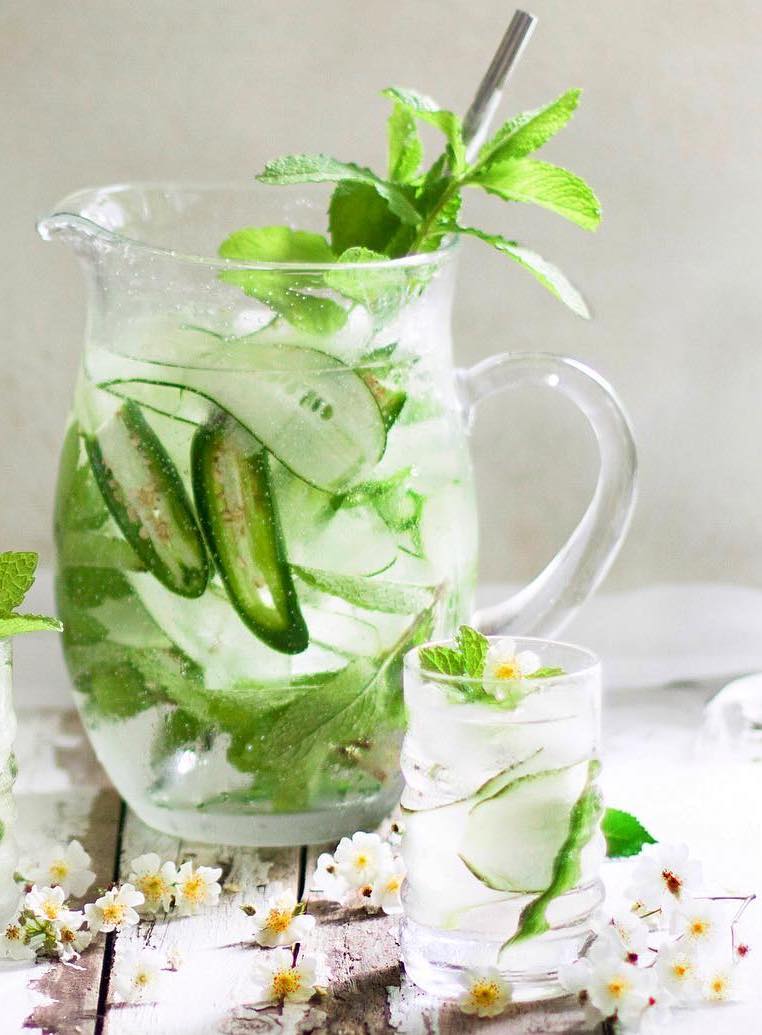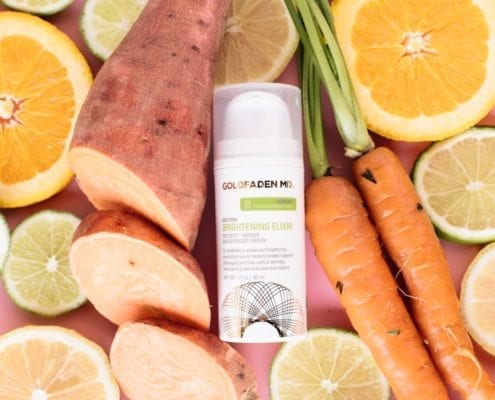Winter is upon us, and as temperatures and humidity levels drop, it is important to have your winter regimen on deck. Whether you live in a freezing cold climate or a mild balmy one, skin needs more hydration during the winter months. With just a few minor adjustments and additions you will be able to ensure a dewy, glowing complexion all winter long.
The truth about winter:
- Humidity levels drop
- Hot showers dry skin out
- Covering your face with a scarf (or a mask) will help protect against environmental elements like wind, snow and sun.
- Oil is a friend to your skin
- Hydration after bathing is imperative for soft, healthy skin
- Switching your regimen up is a good thing
6 THINGS TO TRY THIS WINTER SEASON
Be Cool
Invest in a humidifier. Humidity levels drop during the winter months, which can lead to dry skin, eyes, hair, nails static hair and nosebleeds. Add in artificial heat and you don’t stand a chance! A humidifier will add humidity back into the air, helping to reverse some of the damage. Cool vapor is the best bet to not only feeling better but looking better too. We recommend leaving it on all the time so that your home maintains an even level of humidity, but if that is not possible, at least sleep with it on!
Bottoms Up
Staying hydrated from the inside out is crucial to maintain glowing and hydrated skin. Increase your liquid ingestion during the winter. Think teas, water, green juice and healthy soups. Watch your caffeine and alcohol intake as both are diuretics causing your body to create more urine and thus dehydrating you.
No hot showers
Hot water removes more moisture and oil from the skin than cool or warm showers. Hot water can also irritate skin, cause redness and aggregate already sensitive skin and rashes. Try to take warm showers instead of steamy hot ones. If you’re thinking a hot shower will feel good after a brutally cold day, a good trick is to turn the shower on very hot and let the bathroom steam up. Then step inside the bathroom and get warm. Then turn the shower back down to a warm temperature. Hot water will dry skin out more.
In the Buff
Always apply your body serum, moisturizer or oil to damp skin. This will allow the skin to capture and seal in moisture. Don’t forget those extra dry areas (hands, feet & elbows).
Switch it Up
 Take a look at your cleansing and exfoliation regimen. If you’re an exfoliation junkie particularly with physical scrubs, decrease the frequency of use during the winter. Instead try a chemical exfoliator 1-2 times a week, like our Fresh-A-Peel. If you live in a very cold or dry climate 1 day a week may be plenty. On the other days, a gentle cleanser will be just fine.
Take a look at your cleansing and exfoliation regimen. If you’re an exfoliation junkie particularly with physical scrubs, decrease the frequency of use during the winter. Instead try a chemical exfoliator 1-2 times a week, like our Fresh-A-Peel. If you live in a very cold or dry climate 1 day a week may be plenty. On the other days, a gentle cleanser will be just fine.
Try trading your Retinol product for a serum loaded with a medley of supercharged ingredients to attack pollution and provide superior antioxidant protection. Superstar ingredients like Ferulic Acid, which increases the blood flow of superficial tissues, Vitamin C (Ascorbic Acid), which reduces the appearance of brown spots and boosts collagen production while reducing inflammation, Vitamin B, which increases the production of ceramides and fatty acids (two important components of the skin’s outer protective barrier and Vitamin E, which increases overall hydration to the skin while aiding in healing. All found in our multi-functioning Brightening Elixir Serum.
Try adding an oil into your winter regimen to get extra hydration and protection. Look for plant-based, cold-pressed, pure oils, such as Baobob, Kalahari, Mongogo and Marula, which all contain Vitamin A, C, E and essential fatty acids and omegas. Our Fleuressence Native Botanical Oil offers all these and more.
Don’t forget your lips
 Chapped lips are a serious issue during the winter for many people. As with your winter skincare regimen, the lips need a winter plan too. Did you know that the lips are the driest place on the body? The lips do not have sebaceous glands or sweat glands. Here are a few tips to get ahead of the game.
Chapped lips are a serious issue during the winter for many people. As with your winter skincare regimen, the lips need a winter plan too. Did you know that the lips are the driest place on the body? The lips do not have sebaceous glands or sweat glands. Here are a few tips to get ahead of the game.
- Sleep with a humidifier on as this adds humidity to the air (hydration)!
- Gently exfoliate the lips with a lip scrub or warm water and washcloth.
- Wear an SPF on the lips. UV rays are still prevalent during the winter months.
- Do not lick, bite or pick your lips.
- Stay hydrated. Humidity drops during the winter so drink fluids and lots of water.
- Cover up! If it’s windy or cold wear a scarf around your mouth and nose area.
- Be on the lookout for our highly anticipated lip treatment launching this Spring!


